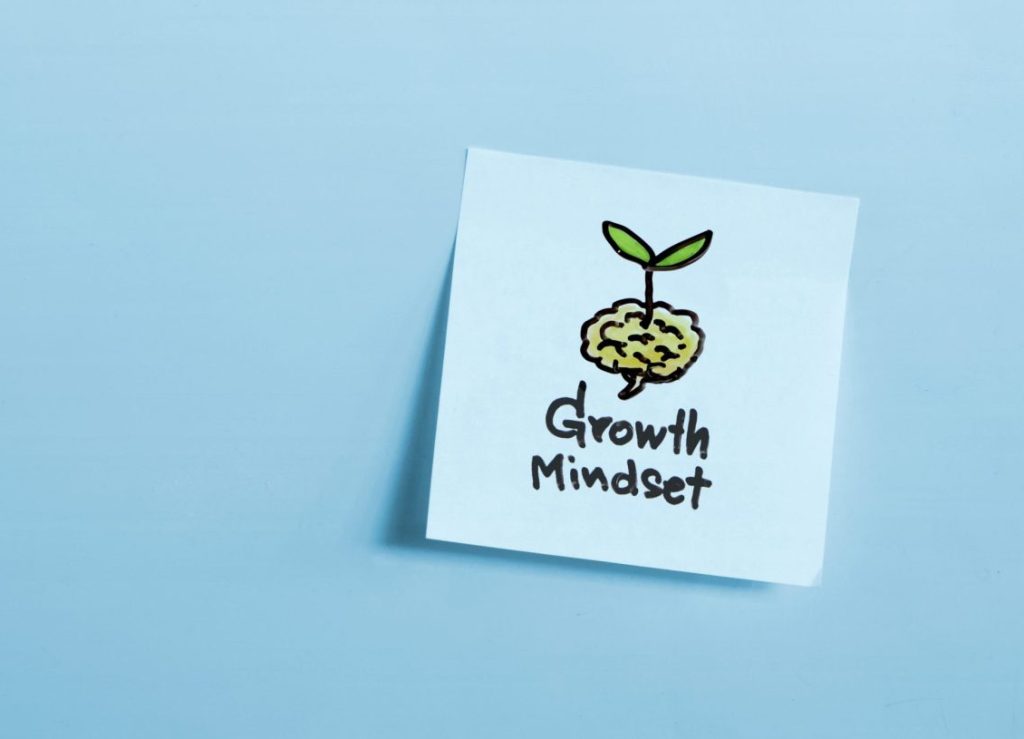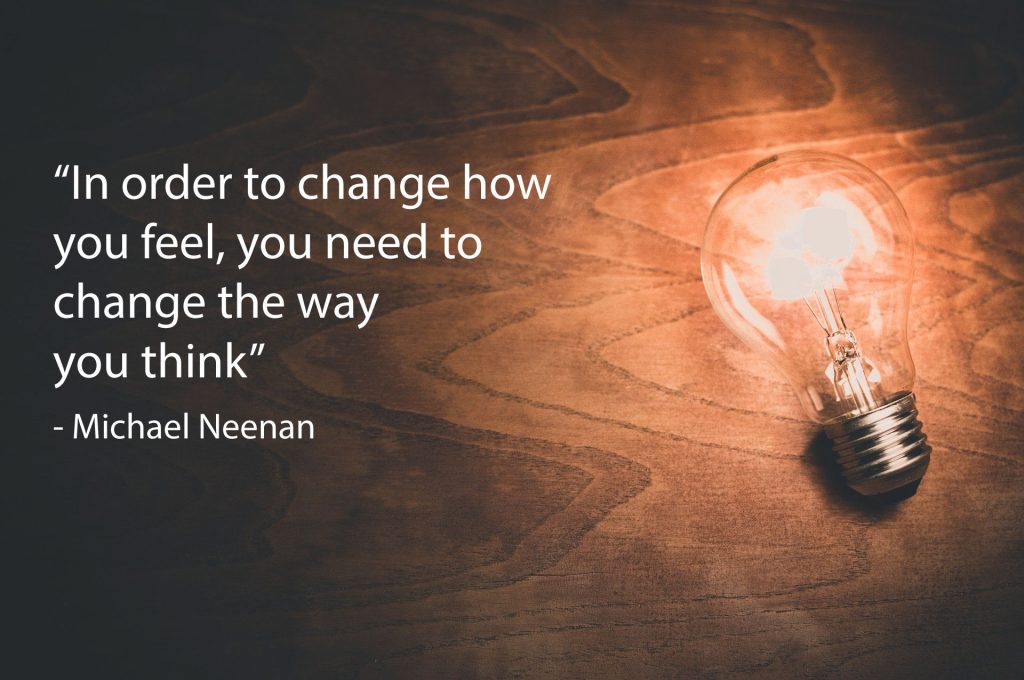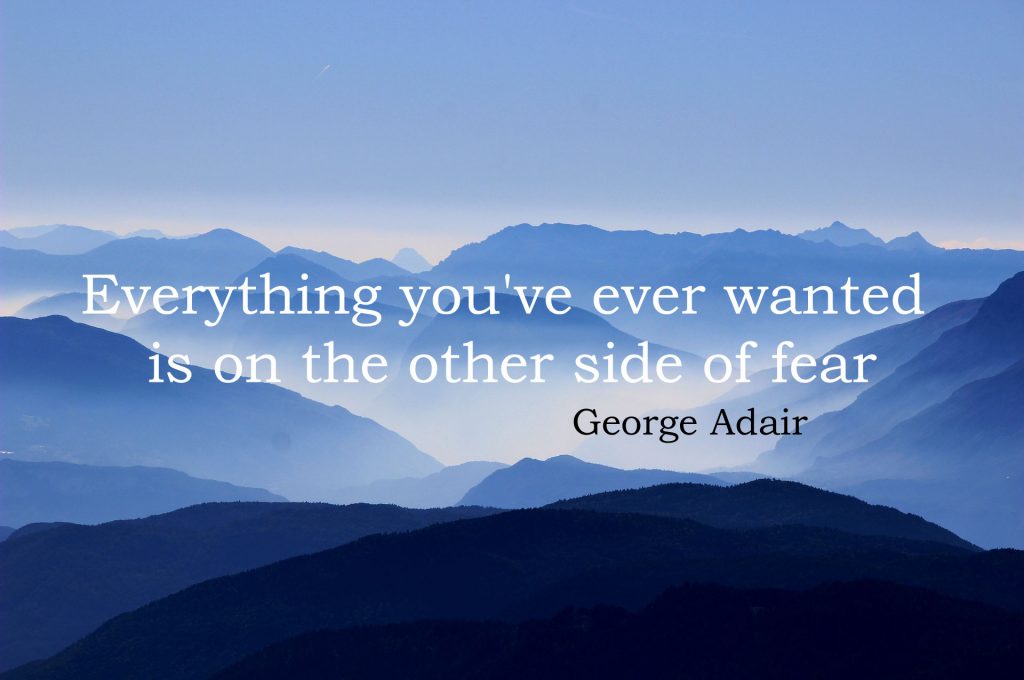In Part 1 of my blog, “Why do I feel trapped inside my business”, I explored the reasons why business owners can feel stuck or trapped within their business and the impact this can have on their psychological well-being and their performance as a leader. Suffice it to say, feeling stuck or trapped is at best unpleasant and at worst very damaging.
In this, Part 2 of my blog, I am therefore looking at how business owners or business leaders can get themselves unstuck or liberated. For some, this may involve actually walking away from the business. But, as my blog highlights, although this may be wise, even strategic, for some, it is not inevitable. As Part 1 of the blog highlighted, by looking at the situation (which is perceived as being stuck or trapped) through a different lens, with a mind that is clear and objective and not locked in a cycle of negative thoughts, then meaning, purpose and motivation can return without walking away. It is all a question of perspective or mindset, regardless of whether there are challenges to overcome or not.

So, the solution for many is to shift their perspective so they see through a different lens. To shift their perspective there are three important leadership development steps or practices which I describe here as the 3As:
Getting unstuck
Awareness
Or, more specifically, self-awareness. A willingness to look inwards and accept that:
- We may be getting in our own way. It is easy to blame external factors but very often the problem lies inwards.
- The voice in our head is not reliable. Self-limiting beliefs are just that and lead to negative feelings and a glass half-empty.
Put bluntly, we realise we are our own worst enemy (or at least the voice in our head is!) and biggest critic. Why do you believe the voice in your head and not your trusted friends and colleagues that are telling you that you can cope, you are capable and that you will find the answers you need to address the challenges of tomorrow?
What we think, and by extension how we feel, is shaped by a lifetime of experience. So, how we look at an issue or situation is seen through the lens of that experience. It is purely a perspective and often our lens doesn’t bring things into clear focus. How do we know this? Because two people can look at the same situation and see something completely different. One gets excited with opportunity (glass half full) and the other fearful seeing only threat and risk (glass half empty).

The thought that I am stuck or trapped is simply a perception created by the mind. Looking at the situation more objectively, through a different lens, it soon becomes apparent that there are many options and opportunities to move forward freely. But, the mind can’t or won’t see them. Instead, we simply believe the voice in our head when it says “It is pointless” or “I can’t cope”.
So, with self-awareness comes the recognition that the mind (the voice in our head) is unreliable, jumps to conclusions with little or no evidence, and is not to be trusted. Instead, just because we feel scared and uncertain doesn’t stop us from moving forward. We become unstuck, escape the limitations of the mind and learn to ignore the voice in the head. We push courageously beyond our comfort zone.
Wow! This stuff blows your mind.
Acceptance
To move forward we must stop fighting what has already happened and accept the current situation. “It is what it is” is a mantra I employ every day to keep me grounded.
These negative thoughts about the situation will not change it, though. The same goes for uncertainty about the future. How much time and energy do we put into worrying about the future as if somehow our anxiety will control the outcome or magically avoid our worst fears? In reality, the only thing we can influence is the right here, right now. How we respond in the present moment.
I hear you say “Yes but the current situation or problem needs to be dealt with. It shouldn’t be allowed to happen again” or “I must plan for tomorrow to overcome the challenges of today”. Yes absolutely! But, acceptance isn’t inaction. It doesn’t mean you give up or tolerate the intolerable or not try to develop plans for future success. You should also learn from your past experiences. So plan for tomorrow and fix what is broken by all means but do so accepting the reality of the current situation and the inherent uncertainty of tomorrow – it is what it is!
Thinking I am stuck or trapped is not acceptance. You are fighting or resisting what it is. As such, you have negative thoughts and feelings and don’t have the clarity of mind and objectivity to make sound choices and judgements. Acceptance brings the clarity of mind and objectivity you need to make sound decisions and judgements and do what must be done.

Accountability
Or putting it another way, taking ownership of the situation and taking action when needed. Feeling shame and guilt about the past or fear of the future grinds us to a halt. We constantly question our understanding of the situation or our capacity to do the right thing. Some may even feel foggy-minded as if they can’t hold onto a sensible thought. Taking action then seems impossible and resolving the simplest of issues like climbing a mountain.
As a consequence, things that are broken don’t get fixed and important decisions and difficult conversations are avoided as we hide from our fears.
One of the most ways fear can be in charge will be fo
und in the flight from personal responsibility.
There is only one way to overcome procrastination and the avoidance of what scares us, though. To break through this mind-created barrier needs action! With self-awareness, acceptance and a determination and commitment to do what must be done, we can push through the fear and discomfort we feel. We realise that just because we feel unsure of ourselves and scared of making a mistake, doesn’t stop us from taking action and moving forward. We embrace our feelings (yes I know it is hard) and push ahead regardless and take ownership of the situation. Now that is what I call leadership.
I appreciate that the 3As alone are not a panacea. However, they are part of the foundation upon which a long-term solution can be built. They develop self-reliance and resilience and the mindset that is needed to solve knotty problems and navigate the messiness of life as a business owner or leader. With clarity of mind, objectivity, enthusiasm and a positive outlook, there are no problems only challenges yet to overcome. I say this sincerely and I practice the 3As constantly. The first step is the hardest and it will only get easier. You’ve got this!
So, what next?
Given what I have said, it is not a surprise that we would want to avoid more suffering by attacking our perceived enemies, running away, hiding or climbing over the proverbial fence to get to the illusory greener grass. After all, human beings are wired to want to avoid things that are painful, scary or uncomfortable. We are also drawn like a moth to the flame to the perception of an easy, comfortable, safe and certain solution. A quick fix.
But as Dr. James Holis (2006) highlights, getting to the stage where you are knocking on death’s door and concluding that “you have never really showed up because you are afraid” is a horrible prospect and much worse than confronting the fear itself and liberating oneself.
At Lunesdale we will help you see that you cannot run away from your fears and salvation comes from learning to work with and through the fear and discomfort as James Holis highlights. Boosting your awareness, self-confidence, positivity and resilience so you are courageous enough to do what needs to be done even if it is difficult, scary and uncomfortable.
You will not be on your journey alone as we will be right by your side every step of the way.
Developing self-awareness and the courage to embrace acceptance and accountability is a journey, though, and not a quick fix. Working with a coach and mentor that can help guide you on that journey is invaluable. Having a trusted confidant that remains positive, understands the complexity of the human mind and its influence over behaviour, that can hold you accountable and challenge your thinking when appropriate, is transformative. Remember, seeking help is not a weakness. It is strategic!
